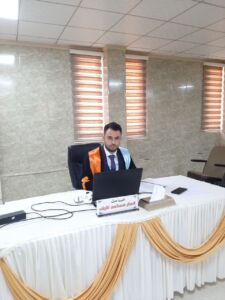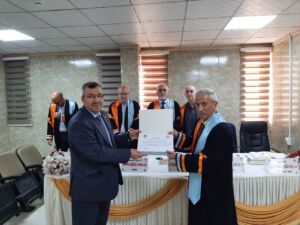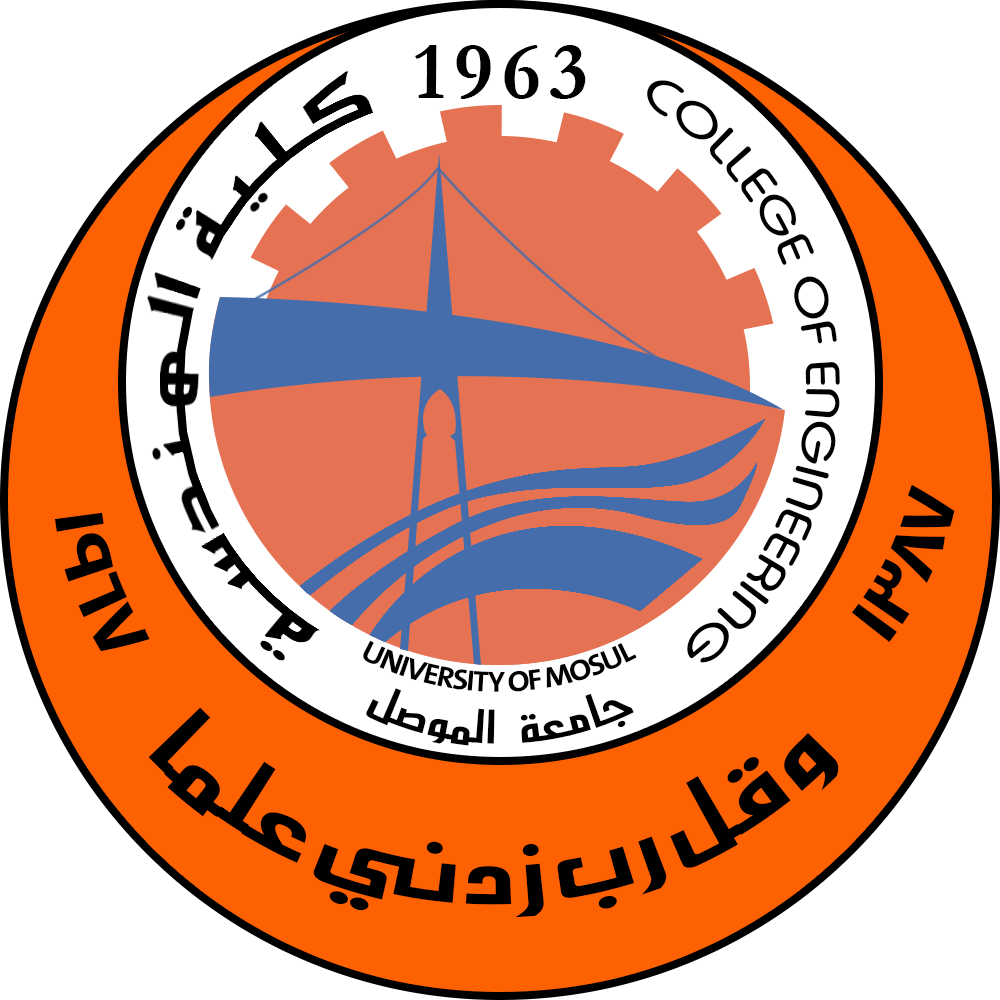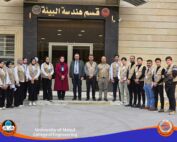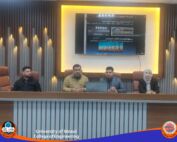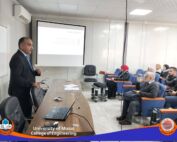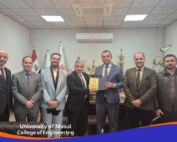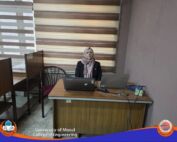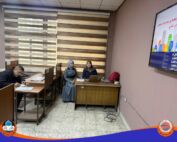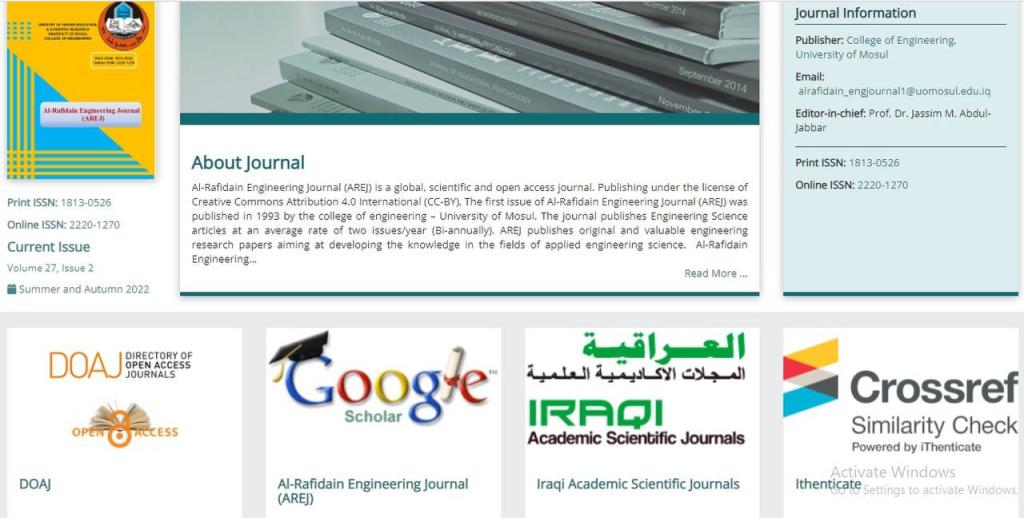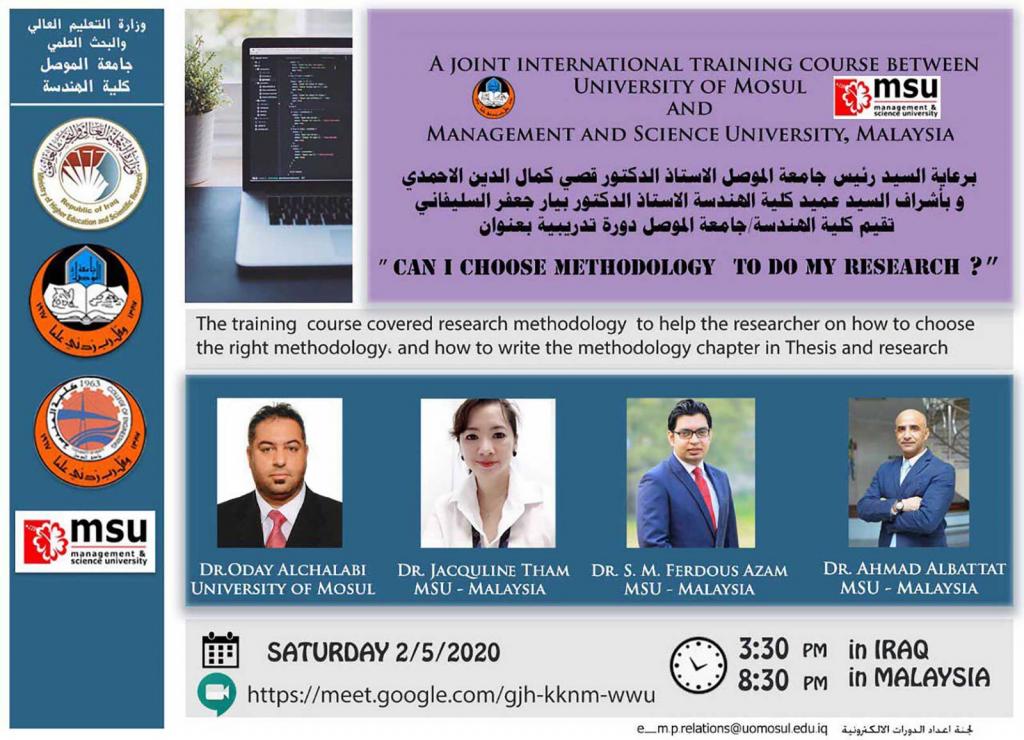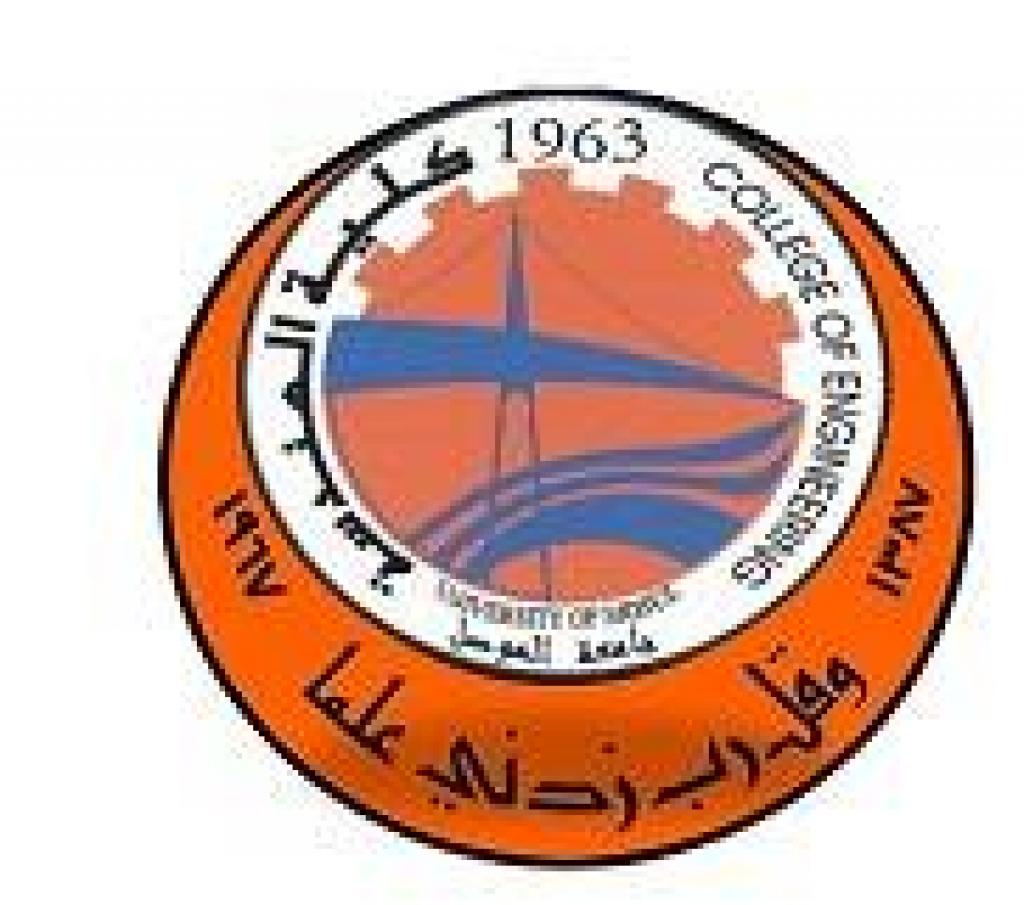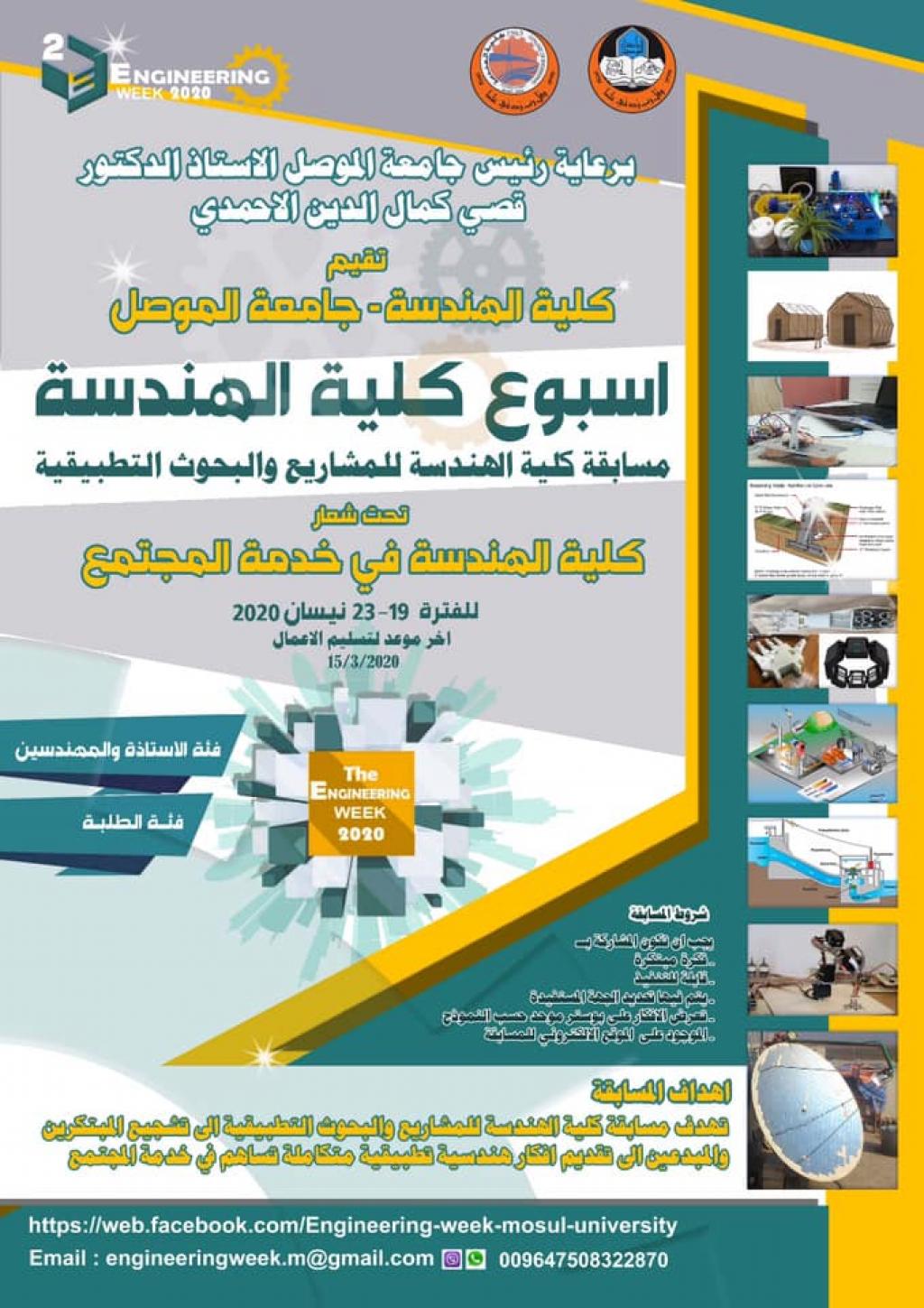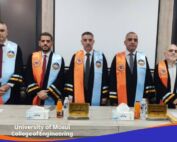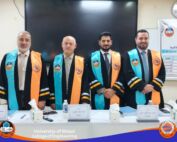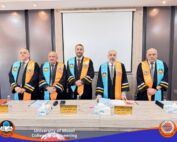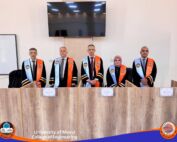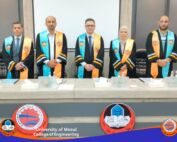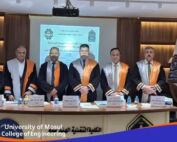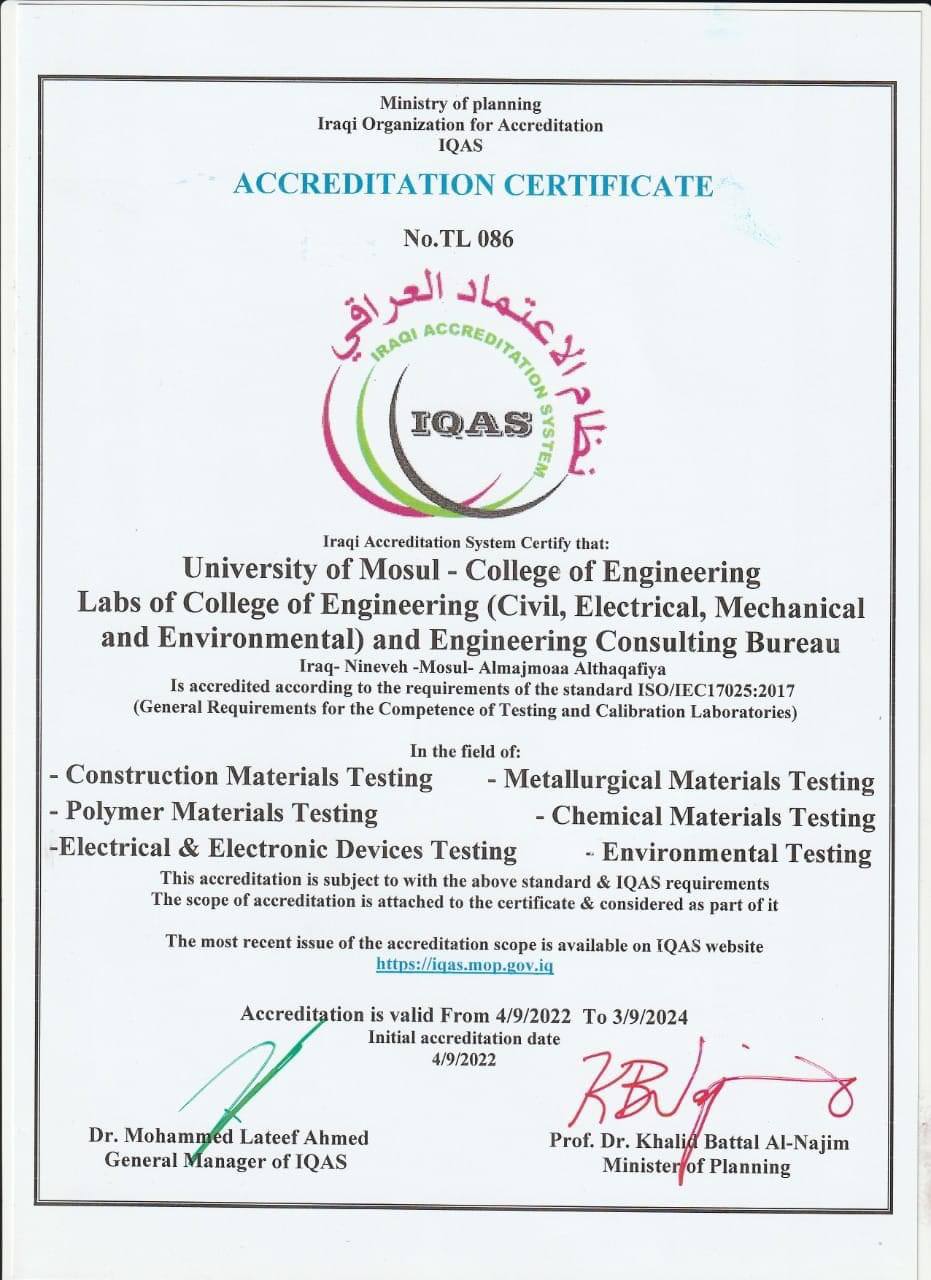14 March، 2024
Master’s thesis on “Modeling and Simulation of Fatigue Cracks for joining shafts using rotary friction welding”

A master thesis was discussed in Department of Mechanical Engineering / College of Engineering at University of Mosul entitled “Modeling and Simulation of Fatigue Cracks for joining shafts using rotary friction welding” for postgraduate student (Anmar Musaid Nayif), supervised by Assist. Prof. Dr. Alaa Dahham Yonis and Dr. Ziyad Shakeeb Abdulbaqi on Wednesday 14/3/2024 .
The objective of the thesis is : The research involves the rotary friction welding of dissimilar AA7075/AA5083 aluminum alloy rods with a 15 mm diameter, employing various rotational speeds ranging from 370 to 2500 rpm. Examining the temperature field during welding proves crucial, as it influences weld microstructure, residual stress, and subsequently, mechanical properties. Each weld’s thermal cycle exhibits a consistent pattern, characterized by a rapid temperature increase during heating, reaching a peak temperature (Tp). Consequently, it is noted that higher rotation speeds lead to increased deformation. The impact of friction pressure on temperature is explored, revealing a direct correlation between increased friction pressure and elevated temperature, accompanied by a rise in metal deformation. Furthermore, the study delves into the effect of welding pressure on temperature, highlighting that augmented welding pressure correlates with heightened temperature and metal deformation. To investigate fatigue, practical results are incorporated into an artificial neural network (ANN) program, training it with temperature inputs to obtain corresponding S-N curve values. The ANN is then utilized to analyze fatigue, considering the influence of rotation speed, friction pressure, and welding pressure on minimum cycle life values. Additionally, the welding temperature data for rotary friction welding of AISI 1020 steel and AISI 2205 duplex stainless steel are input into the ANN, generating S-N values for comparison with other research, revealing an error rate of less than 10%. this study provides a comprehensive exploration of rotary friction welding, emphasizing the influence of key parameters on temperature, deformation, and fatigue behavior. The ANN proves to be a valuable tool in predicting S-N curve values and comparing welding outcomes across different materials.
